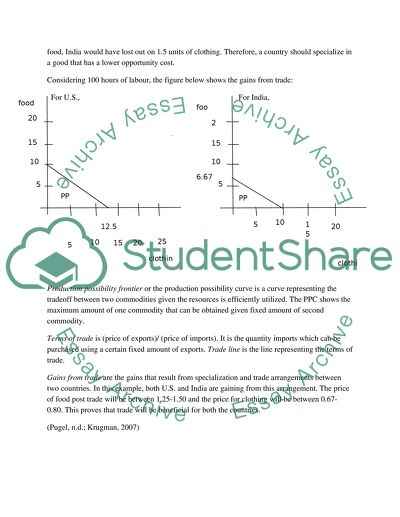Cite this document
(“Micro Economic Principles Assignment Example | Topics and Well Written Essays - 1500 words”, n.d.)
Micro Economic Principles Assignment Example | Topics and Well Written Essays - 1500 words. Retrieved from https://studentshare.org/macro-microeconomics/1432182-micro-economic-principles
Micro Economic Principles Assignment Example | Topics and Well Written Essays - 1500 words. Retrieved from https://studentshare.org/macro-microeconomics/1432182-micro-economic-principles
(Micro Economic Principles Assignment Example | Topics and Well Written Essays - 1500 Words)
Micro Economic Principles Assignment Example | Topics and Well Written Essays - 1500 Words. https://studentshare.org/macro-microeconomics/1432182-micro-economic-principles.
Micro Economic Principles Assignment Example | Topics and Well Written Essays - 1500 Words. https://studentshare.org/macro-microeconomics/1432182-micro-economic-principles.
“Micro Economic Principles Assignment Example | Topics and Well Written Essays - 1500 Words”, n.d. https://studentshare.org/macro-microeconomics/1432182-micro-economic-principles.


